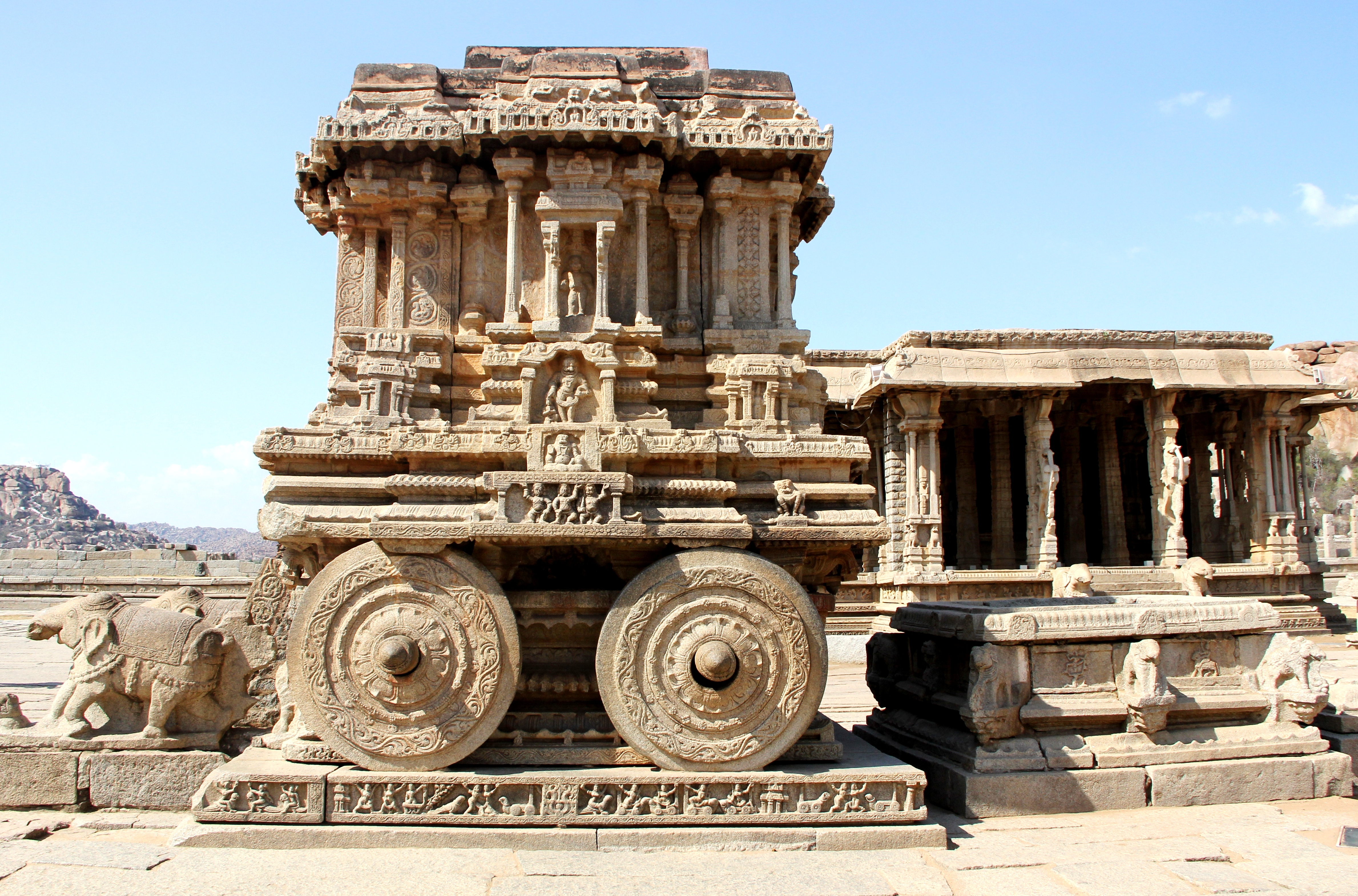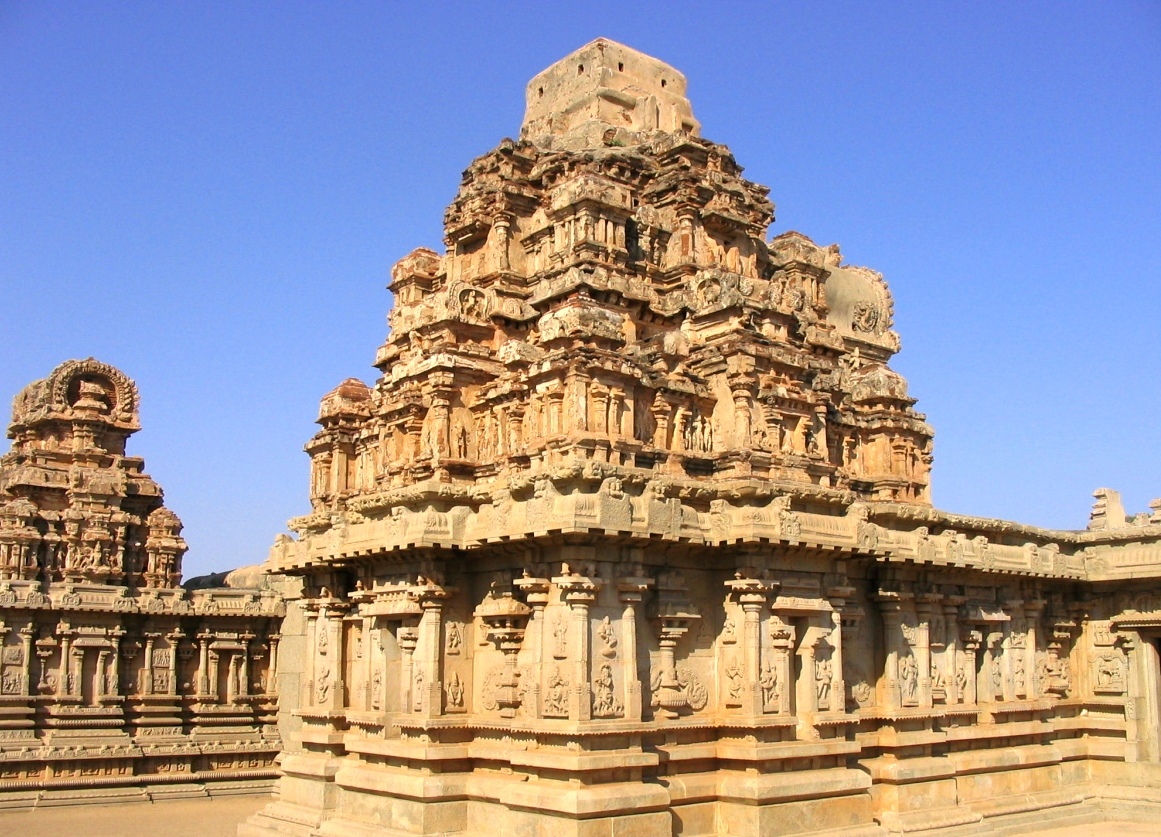Vijayanagar Empire, which existed between 14th CE and 16th CE, is considered to be very significant because it was the last great Hindu kingdom. This makes Hampi all the more important because it was the capital of the Vijayanagar Empire. Hampi and the monuments at this place hold a special place in the pages of history especially because of its austerity and grandiose. Encompassing an area of about 4, 18,724 hectares, it is located in Central Karnataka’s Tungabhadra basin. The rich princes of Vijayanagar liked to spend exuberantly on the construction of temples and palaces and as a result of this; Hampi was blessed with many architectural marvels which date back to the period between 14th century and 16th century. However in the year of 1565 this place was conquered by the Deccan Muslin confederation. The ramifications of this were quite severe as the whole city was despoiled and abandoned.

Hampi offers a spectacular view because of the Tungabhadra River, the craggy hills, the physical remains and ruins and the vast plains. Huge flocks of travellers visit this place each year to enjoy the place and its beauty. One could construe the levels of sophistication of this place from a plethora of systems that are urban and royal yet sacred in nature. These systems that were found included complexes, temples, pillared halls, forts, shrines , gateways, water structures, memorial structures, Mandapas, defence check posts, water structures, stables and the list goes on and on. However the most prominent of constructions are the Narasimha, Krishan temple complex, Ganesa, Hemakuta group of temples, Achyutaraya temple complex, Vitthala Temple, Complex Lotus Mahal Complex and Pattabhirama temple complex. The remains and the ruins that were dug out here in Hampi are clear symbols of the levels of economic prosperity and growth of this place, which are clear indications of immensely developed society.

Dravidian architecture saw the peaks of growth during the reign of the Vijayanagar Empire. The manifestations of this growth could be seen in the pillars, enclosures and the towers and all this led to the Group of Monuments being declared as the World Heritage Site in the year of 1987.
- +91 9811857779
- bhavya.holidays@gmail.com
- WZ- 35,Bal Udhyan Road, Uttam Nagar, New Delhi, 110059

